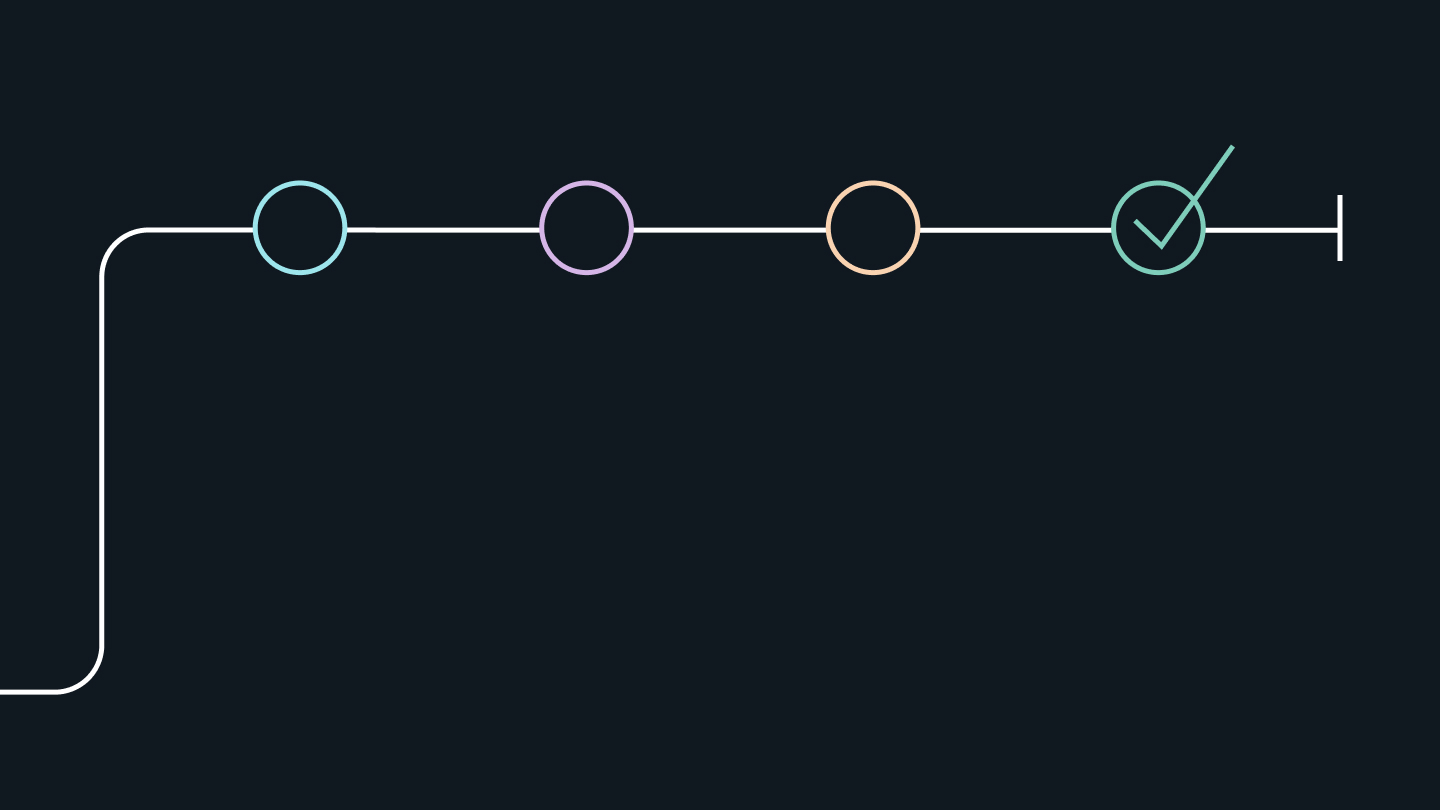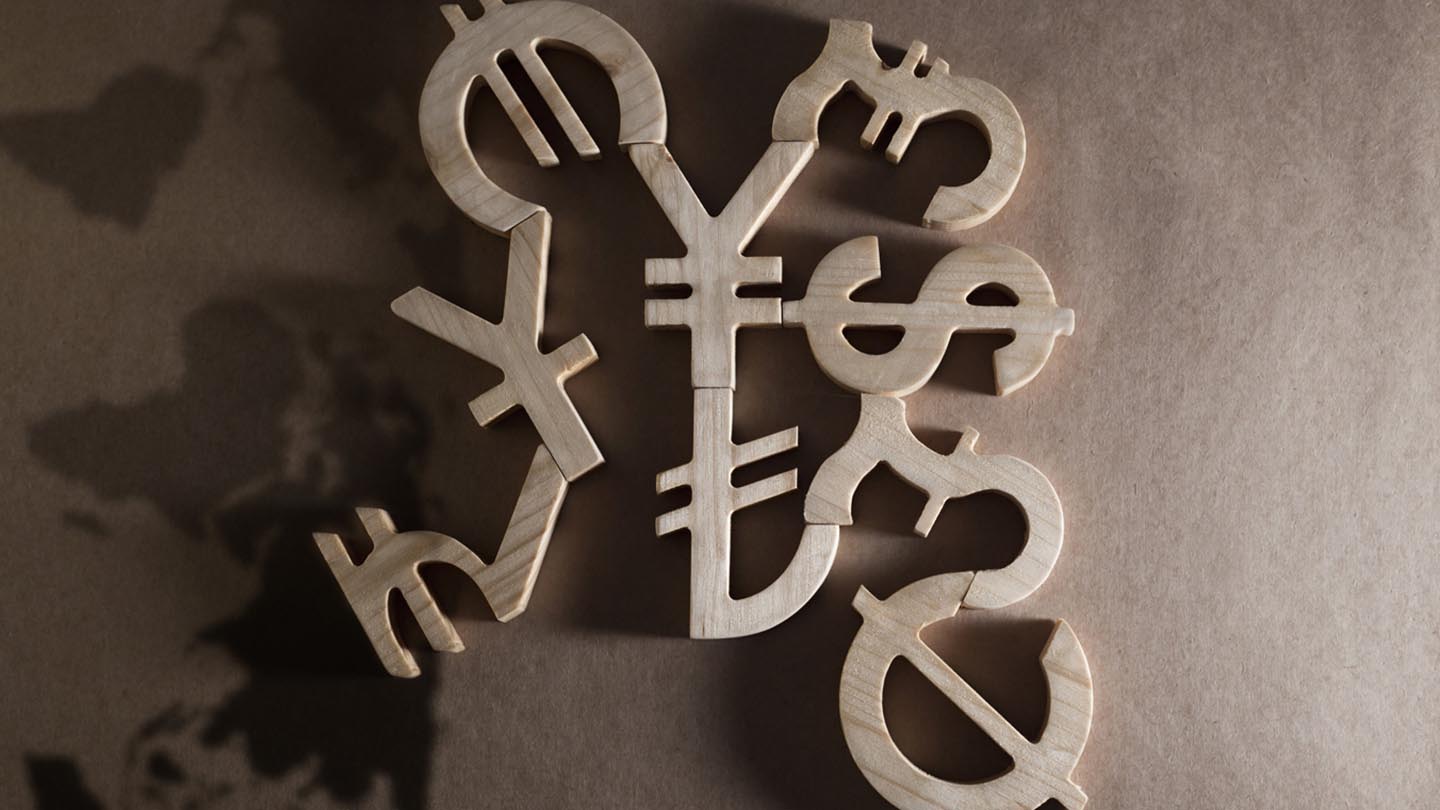We’ve invested in advanced technologies to make cross-border transactions more accessible and efficient for both consumers and businesses, including leveraging blockchain and other digital solutions to streamline cross-border and multi-currency payment processes. By expanding access to modern payment systems and financial services, we’re contributing to greater financial inclusion in LATAM, helping underserved populations participate in the global economy.

8 min read
Key takeaways
- Cross-border payments are crucial for the increasingly connected global economy, especially as trade and e-commerce grow
- Latin America is undergoing a payments transformation driven by digitalization, government initiatives and fintech innovations, moving away from cash transactions to digital payment methods
- J.P. Morgan has played a significant role in transforming cross-border payments in Latin America by collaborating with real-time payment platforms to enhance speed and reduce costs
Cross-border payments play an essential role in today’s increasingly connected economy. As global trade and e-commerce grow, demand for faster, more convenient and more secure payments between countries has surged.
This is especially true in Latin America (LATAM), where a massive and diverse region of languages, cultures, governments and regulations is driving rapid innovation in cross-border payments. These advancements are making it easier and more cost-effective for people and businesses to send and receive payments between LATAM countries and around the world.
Overcoming traditional challenges
Historically, LATAM has presented multiple challenges for cross-border and FX payment providers. Some of the more pressing issues include:
Political and currency volatility: Political instability can result in sanctions or restrictions that complicate financial flows between countries, while inflation and economic uncertainty create risks for businesses and consumers engaging in cross-border payments.
Complex regulatory environments: Although local regulators continue to reduce bureaucracy across the continent, complex FX regulations from multiple legal frameworks and strict currency controls are still challenges in countries like Brazil and Argentina.
Fragmented payment systems: Lack of interoperability and varying regulations between countries make it challenging to align systems and protocols for faster payments.
Technological barriers: Infrastructure gaps, especially in internet connectivity, along with limited adoption of blockchain and other modern systems, can slow seamless cross-border payments.
High transaction costs: Aging infrastructure can require using multiple intermediaries, adding to the cost.
A payments transformation in LATAM
It’s perhaps these challenges in LATAM that are driving a significant transformation in cross-border payments, thanks to increased digitalization, government initiatives and fintech innovations that aim to expand opportunity. Once mostly reliant on cash transactions, LATAM has seen a surge in digital payment methods, spurred by the rapid growth of smartphones and mobile devices.1 Many consumers and businesses have shifted to newer, alternative payment solutions, such as mobile money and digital wallets, creating opportunities for smoother international transactions.
J.P. Morgan, which has been active in LATAM since the 19th century, played a role in the region’s economic transformation by working with real-time payments platforms to help make cross-border payments faster, less expensive and more seamless.2 For instance, in Mexico 95% of payments now reach their recipients in less than ten minutes.3
J.P. Morgan is using our strength and global coverage to partner with a growing number of homegrown institutions and fintech startups, such as Omni LATAM in South America and Mercado Libre in Mexico, to offer innovative cross-border solutions to a wider LATAM audience, providing faster and more cost-effective alternatives to traditional banking services and infrastructure.
We’re helping LATAM governments improve regulatory frameworks to protect against fraud and other risks, while also focusing on enhancing inclusion, reducing transaction costs and aiding compliance.
According to the Inter-American Development Bank (IDB), the economic outlook for LATAM in 2025 is for an average annual growth rate of 3.7%.4 Innovation in cross-border payments is an important reason why.
“Countries throughout LATAM are changing regulations on cross-border payments to support new economic realities, including the gig and content-creation economy. Making cross-border corridors more efficient is helping individuals and businesses in the region to discover alternative sources of income by exporting services and content.”

Ana Paula Humes
Head of LATAM Cross-Currency Solutions Sales, J.P. Morgan Brazil
Learn more about the economic landscape in LATAM in this article from Payments Unbound.
New regulatory frameworks are sparking a wave of innovation
Recent regulatory shifts in LATAM are also helping to reshape the cross-border payments landscape, promoting faster and more transparent transactions. For instance, new regulations in Brazil allow for Non-Resident Accounts (NRAs), reducing much of the documentation requirements and removing the need for clients to set up local banking structures.
Together with technological investments from J.P. Morgan and other financial institutions, these new frameworks are helping the region evolve towards a more unified payment environment, which could lead to lower fees, faster settlements and enhanced financial inclusion for LATAM’s residents and businesses.
Some specific regulatory advances include:
Open banking initiatives: Recent regulations require financial institutions to share customer data with authorized third parties, with the customer's consent. This encourages new product development by allowing institutions and fintechs to innovate payment solutions and services.
Digital payment regulations: LATAM countries are implementing regulations to promote the use of digital payments. For example, Brazil's Pix system, launched by the Central Bank of Brazil, is a real-time payment platform that facilitates instant payments and transfers, reducing reliance on cash. Yape in Peru, which is managed by the private sector, is another example of how banks can partner and collaborate to facilitate real-time money movement between digital wallets.
Frameworks that encourage testing and refining: In Colombia and Mexico, newly created “regulatory sandboxes” allow established companies and newer fintechs to pilot novel payment solutions in a controlled environment. This encourages innovation and helps regulators understand new technologies and business models.
Anti-Money Laundering (AML) and Combating the Financing of Terrorism (CFT) regulations: Countries are enhancing their frameworks to help ensure that payment systems are secure and compliant with international standards while still encouraging growth. For instance, Brazil has established comprehensive AML/CFT regulations through the Financial Activities Control Council (COAF). Mexico's framework is governed by the Financial Intelligence Unit (UIF) under the Ministry of Finance.
Regulating cryptocurrencies: As interest in cryptocurrency grows, LATAM countries, including Argentina and Brazil, are working on regulatory frameworks to govern its use and provide clarity and security for transactions, especially in cross-border payments.
Advocating for financial inclusion: Governments are implementing policies to increase access to financial services, particularly for underserved populations. For example, Mexico's National Financial Inclusion Strategy aims to expand access to digital financial services, including payments, for all citizens.
Collaborating with J.P. Morgan for FX in LATAM
We provide foreign exchange capabilities that are essential for cross-border payments in Latin America, especially with the region's diverse currencies and economic conditions. We offer governments, businesses, financial institutions and individuals solutions based on our extensive market reach, deep liquidity and innovative technological infrastructure. J.P. Morgan was recognized by Crisil Coalition Greenwich as a leader in Payments & Treasury Management and Digital Channels, showing how our innovation-and solution-focused approach has empowered clients.
Given the region's exposure to currency fluctuations, we provide crucial risk management tools that let users quickly respond to volatility. Our advanced FX platforms enable fast and reliable execution, helping ensure timely cross-border payments and maintaining vital cash flow. By providing transparency and security, our strong FX capabilities foster trust and confidence in international transactions, supporting the region's further integration into the global economy.
Organizations choose to work with J.P. Morgan for:
-
Real-time data and insights
Clients can make informed decisions and respond quickly to market changes, with comprehensive research and analysis on currency trends and economic indicators.
-
Cost management
Providing competitive exchange rates and efficient processing helps reduce transaction fees.
-
Risk mitigation
Our hedging solutions help businesses create more predictable financial outcomes, as currency volatility is a common challenge in the region.
-
Liquidity
Our FX capabilities can provide the necessary cash flow for cross-border transactions, enabling smooth and timely payments.
-
Strategic partnerships
J.P. Morgan collaborates with LATAM fintechs and other financial institutions to offer innovative FX solutions.
-
Extensive market reach
J.P. Morgan has trading desks in major financial centers, including Mexico City and Sao Paulo, providing LATAM with access to global currency markets and facilitating transactions across different time zones.
“Financial institutions in LATAM know e-commerce and retail is on the rise. To be profitable, financial institutions, governments and businesses alike must invest in innovation and growth. J.P. Morgan has the tools and expertise to help.”

Nadieska Eubank
Head of LATAM Product Solutions & Cross-Border Payments, J.P. Morgan
Delivering award-winning, cross-border solutions
In 2024, Euromoney named J.P. Morgan the World’s Best FX Market Maker, Best Bank for FX Options, Best Bank for FX Data and Analytics and other accolades.5, 6, 7 The following year, we were named the Best Global Bank-Corporate Banking by Crisil Coalition Greenwich.8
Our strong reputation and expertise in navigating complex market conditions make us a trusted partner for businesses and investors seeking reliable cross-border and FX solutions in LATAM. We can help you make the most of your cross-currency payments in LATAM and across the globe with tailored, innovative ways to optimize cash flow, manage risk and streamline payments with ease, sending in 120 currencies and receiving in 40, across 200+ countries and territories.9, 10
References
Worldbank, 2024: “A fast payments revolution in Latin America”
Internal data, 2025
J.P. Morgan Internal Data, 2024. Please see your banker for a full list







